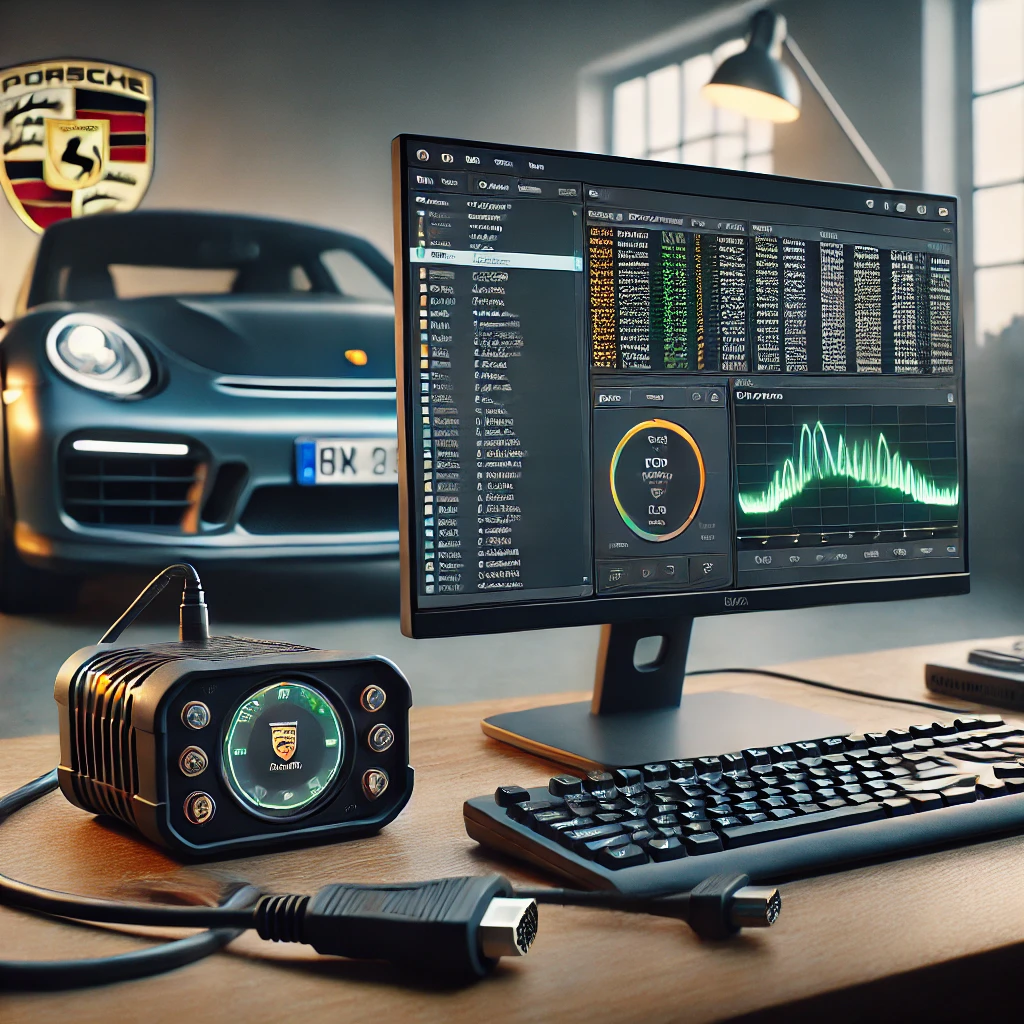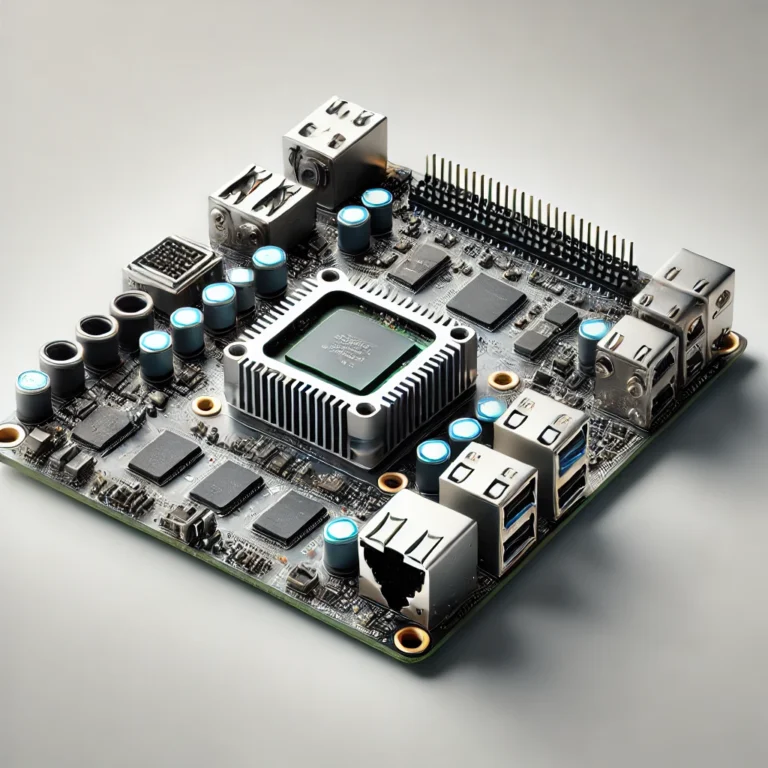
The Porsche PIWIS 2 Interface is an essential tool for Porsche enthusiasts and technicians, allowing users to diagnose, repair, and customize Porsche vehicles. Originally designed for authorized service centers, PIWIS 2 provides comprehensive access to vehicle systems, offering functionalities such as fault code analysis, coding, and programming. While this tool was traditionally hardware-dependent, advances in virtualization have made it possible to run PIWIS 2 on virtual machines (VMs), increasing accessibility and reducing the need for proprietary equipment. This guide covers how the Porsche PIWIS 2 interface can be set up and used on a VM, its key functionalities, and tips for smooth operation.
What is the Porsche PIWIS 2 Interface?
The Porsche PIWIS 2 interface is a diagnostic software designed specifically for Porsche vehicles. Developed by Porsche, it is intended for comprehensive diagnostics, offering the ability to run advanced troubleshooting on a car’s systems. This tool is invaluable for Porsche owners and technicians alike, as it can access control units across multiple vehicle systems, perform special testing functions, and offer deep insights into performance and functionality.
Key Benefits of Using Porsche PIWIS 2 on a VM
- Cost Savings: Setting up PIWIS 2 on a VM can reduce the need for costly dedicated hardware, making it a cost-effective solution.
- Enhanced Portability: Using a VM allows you to operate PIWIS 2 on different computers, enabling remote troubleshooting and greater flexibility.
- Increased Compatibility: A VM-based setup allows you to work across different operating systems and hardware setups without compatibility concerns.
- Data Security: VMs provide an extra layer of data isolation, minimizing risks to the host system during diagnostics.
Requirements for Running Porsche PIWIS 2 on a VM
Setting up PIWIS 2 on a virtual machine requires several elements, including hardware and software prerequisites, as well as the necessary licensing.
Hardware Requirements
- Computer with at least 8 GB of RAM (16 GB is recommended for optimal performance)
- Quad-core processor to manage the demands of running a virtual machine and the PIWIS 2 software simultaneously
- Storage space of at least 100 GB to accommodate the virtual machine files and Porsche software
- USB port for connecting the diagnostic interface device to the computer
Software Requirements
- VM Software: VMware Workstation or Oracle VM VirtualBox (VMware is typically recommended for better compatibility)
- Operating System Image: The PIWIS 2 software runs best on Windows XP or Windows 7, so a compatible OS image is needed.
- PIWIS 2 Software Image: Obtain the correct version of PIWIS 2 software for installation within the VM.
Read Also: Replacing the Dometic Air Conditioner Power Module Board 65181: A Step-by-Step Guide
Setting Up PIWIS 2 on a Virtual Machine
Step 1: Install VM Software
First, download and install VMware Workstation or VirtualBox. Both programs allow you to create a virtual environment on your computer.
- Visit the official VMware or VirtualBox website and download the installer.
- Follow the installation steps, and ensure you have administrative rights on your computer to install the VM software.
Step 2: Set Up a Virtual Machine
- Open VMware Workstation or VirtualBox and create a new virtual machine.
- Choose the appropriate operating system for the VM (usually Windows XP or Windows 7 for PIWIS 2).
- Allocate sufficient resources, such as 2-4 cores for the processor, at least 4 GB of RAM, and 50 GB of storage space.
- Load the operating system image and install the OS on your virtual machine as you would on a physical computer.
Step 3: Install PIWIS 2 Software on the VM
- Load the PIWIS 2 software image onto the VM.
- Follow the setup instructions to install PIWIS 2, taking care to enter any necessary license information.
- Ensure the software connects to the diagnostic interface device by configuring USB passthrough in the VM software settings.
Step 4: Connect the Diagnostic Interface
- Plug the Porsche diagnostic interface (usually a PIWIS VCI module) into your computer.
- In the VM software settings, enable USB passthrough so that the virtual machine recognizes the diagnostic interface.
- Verify that PIWIS 2 detects the VCI module within the software’s interface. This step is crucial for enabling communication between PIWIS 2 and the Porsche vehicle.
Using PIWIS 2 for Diagnostics on Porsche Vehicles
Once setup is complete, you can begin using PIWIS 2 for various diagnostic and maintenance tasks. Here’s a breakdown of some of the most important features available on the Porsche PIWIS 2 interface:
1. Fault Code Analysis
- PIWIS 2 provides a full fault code reading and clearing functionality. You can access fault codes across control units in the vehicle, diagnose underlying issues, and clear codes post-repair.
2. Programming and Coding
- The software supports reprogramming of modules to update or alter functionality. This is especially useful when replacing parts or retrofitting new features.
3. Vehicle Customization
- PIWIS 2 enables users to customize certain settings, such as lighting, door locking, and other comfort options. These options vary depending on the Porsche model and year.
4. Special Tests
- PIWIS 2 allows for advanced testing procedures, including sensor calibration, actuator tests, and other system-specific diagnostics.
5. Guided Troubleshooting
- The software includes guided troubleshooting for common issues, which can streamline the diagnostic process by providing step-by-step instructions based on fault codes and symptoms.
Tips for Optimizing Porsche PIWIS 2 Performance on a VM
- Resource Allocation: Ensure your VM has enough RAM and CPU resources allocated to handle PIWIS 2’s demands.
- Update USB Drivers: Use the latest USB drivers to ensure smooth communication between the VM and the diagnostic interface.
- Use a Stable Power Source: Running diagnostics can be resource-intensive, so ensure your computer is plugged in to avoid sudden shutdowns.
- Regular Backups: Back up your VM image regularly to prevent data loss, especially before major diagnostics or updates.
- Networking Configuration: Some PIWIS 2 features may require internet connectivity; configure your VM network settings to enable secure connections.
Frequently Asked Questions (FAQs)
1. Can PIWIS 2 be used on all Porsche models?
- Yes, PIWIS 2 supports a wide range of Porsche models, though the specific functionalities available may vary depending on the model year and specific vehicle features.
2. Is PIWIS 2 legal for personal use?
- PIWIS 2 is primarily intended for authorized technicians and dealers. However, licensed versions can be used legally by owners for personal diagnostics.
3. What are the limitations of using PIWIS 2 on a VM?
- One limitation is potential lag in communication between the VM and the diagnostic interface, which may affect real-time diagnostics. Ensuring proper VM setup minimizes these issues.
4. Do I need internet connectivity for PIWIS 2?
- While most functions work offline, some updates and online modules may require an internet connection. Check your VM’s network settings to enable connectivity as needed.
Conclusion
Running the Porsche PIWIS 2 interface on a VM can be an effective solution for Porsche owners and independent technicians looking to perform in-depth diagnostics and programming. By setting up PIWIS 2 on a virtual machine, you gain a flexible and cost-effective way to access advanced vehicle diagnostics without needing dedicated hardware. Following the steps and tips in this guide, you’ll be well-equipped to make the most of your PIWIS 2 interface and optimize your Porsche’s performance.




